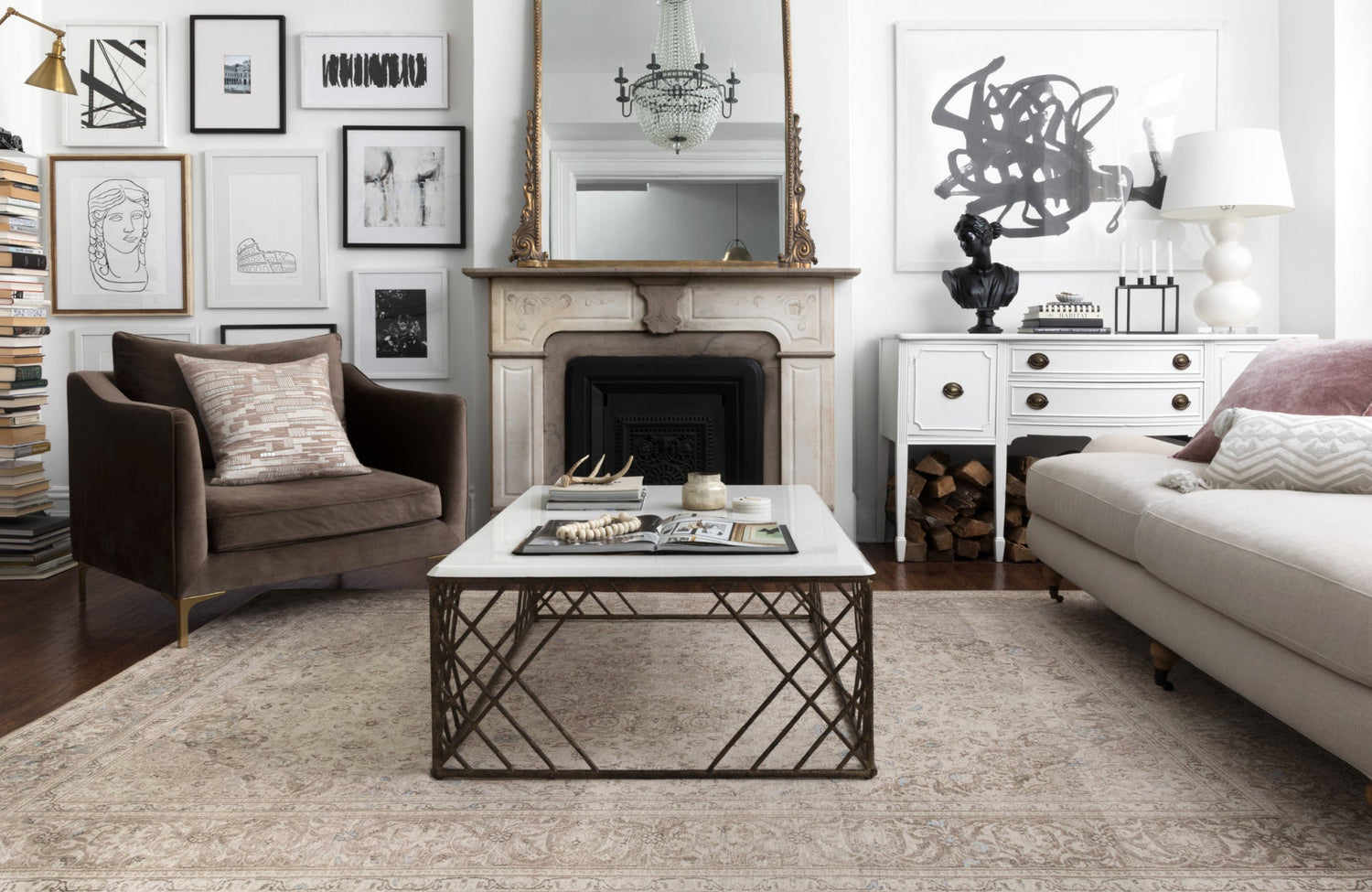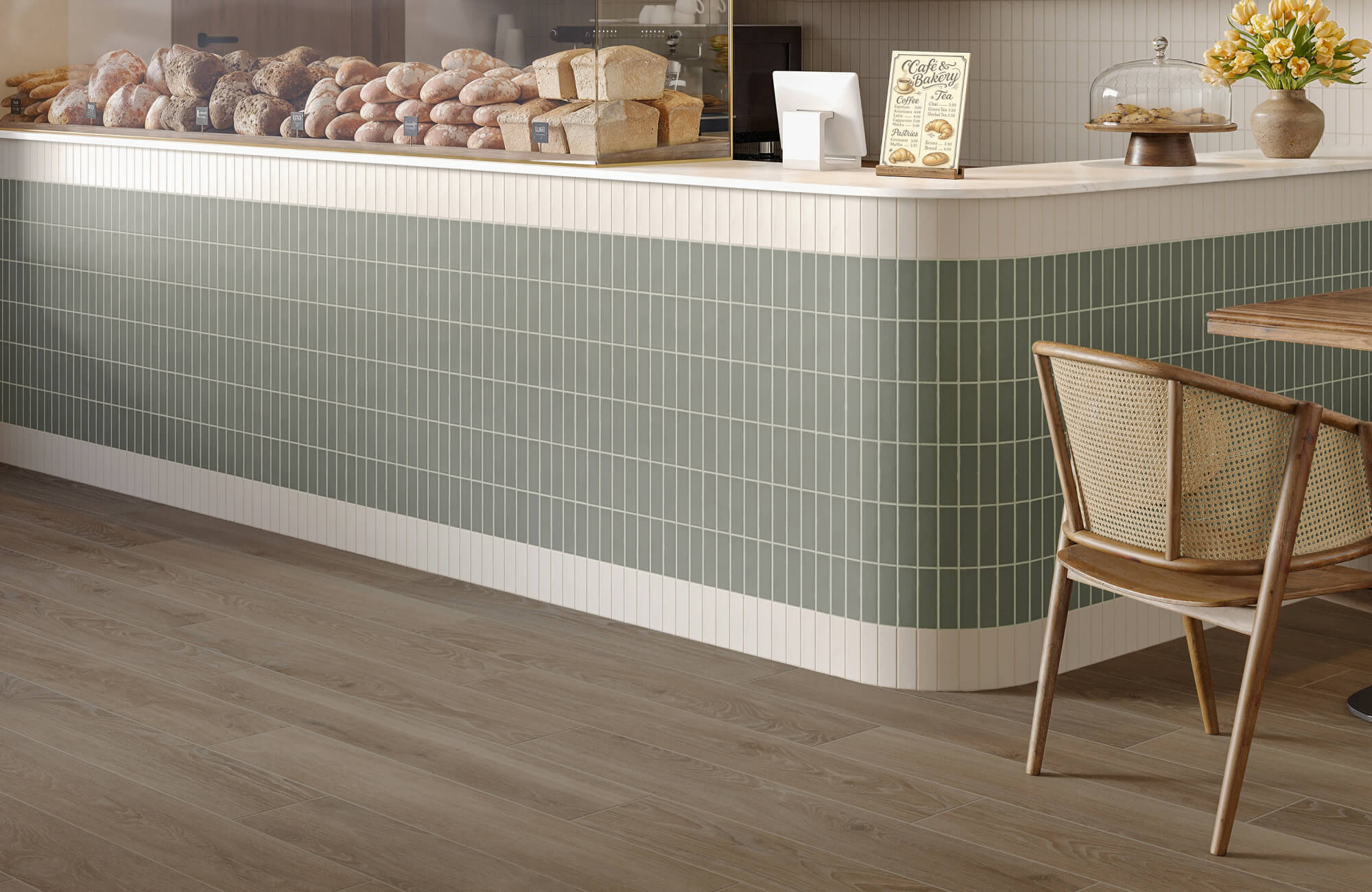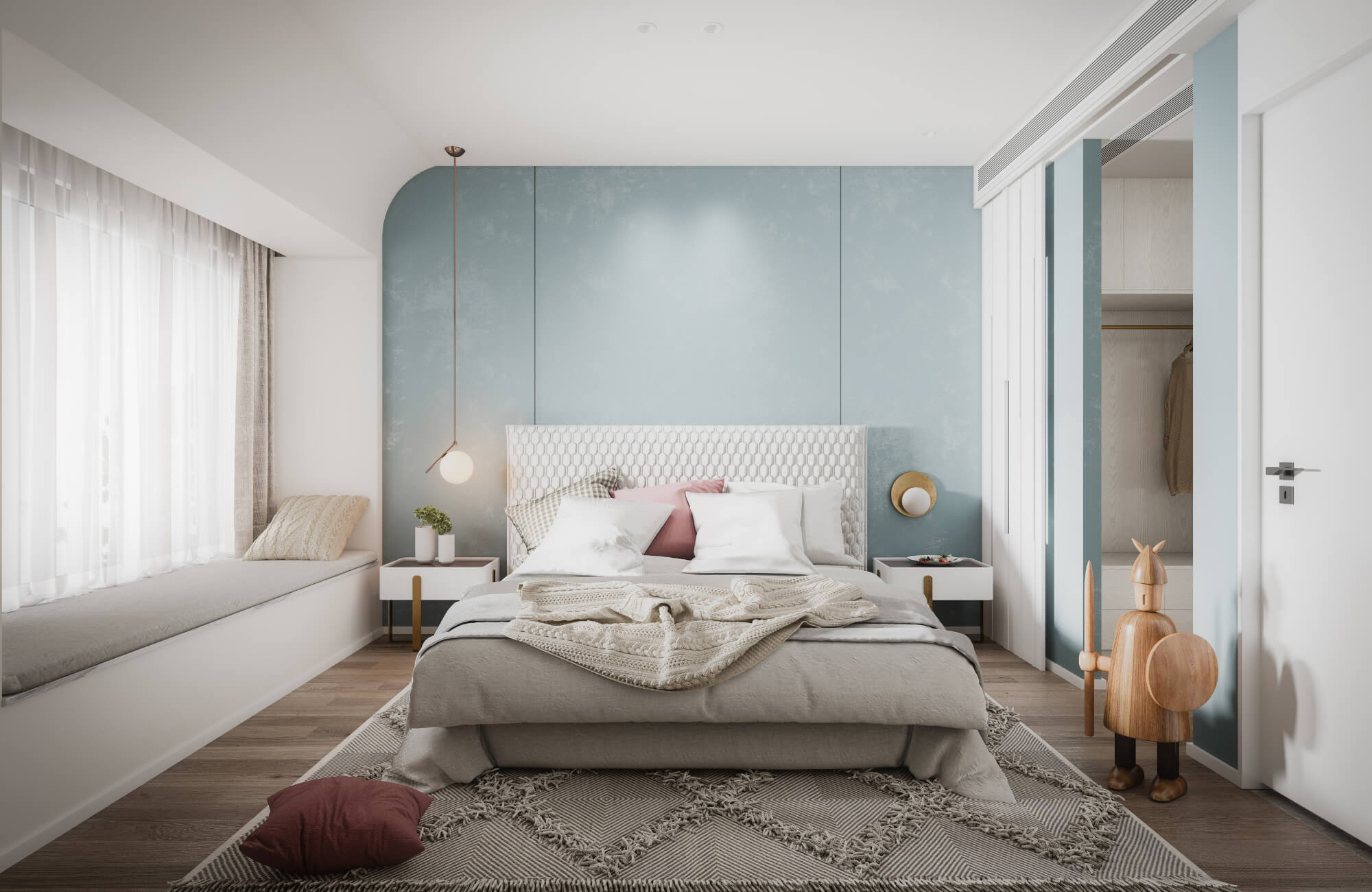You’ve seen the price tag, done a double-take, and wondered, “Why does a rug cost more than a sofa?” We get it. Rugs might seem like simple decor, but behind every high price is a story of craftsmanship, culture, and quality that most shoppers never see. In this article, we’ll explore what drives rug pricing so you can shop confidently and appreciate the value behind every weave.

The Role of Craftsmanship and Time Investment
When it comes to rugs, the price often reflects something you can’t see at first glance. It’s not just about weaving fibers together; it’s about precision, practice, and tradition passed down through generations. The time and craftsmanship poured into each piece set high-quality rugs apart and explain why they often come with a higher price tag.
Hand vs Machine Work
How a rug is made plays a major role in its quality and price. Among all construction, hand-knotted rugs are considered the most prestigious, durable, and time-intensive. These rugs can take months or even years to complete, especially when the design is intricate or the rug is large. Every knot is tied by hand, and each section is meticulously built by skilled artisans, making each piece one of a kind.
In contrast, machine-made rugs are typically finished within a month, using a computer-driven process that runs continuously to maximize efficiency. With minimal hands-on effort involved, these rugs are designed for speed and scale. So when you choose a handmade rug, you’re not just decorating your space, but also honoring the time, care, and craftsmanship that make it truly special.
Knot Density and Detailing
One of the clearest indicators of craftsmanship is knot density, the number of knots per square inch. The higher the density, the more refined the pattern, the sharper the detail, and the longer it takes to complete. It also reflects an artisan’s skill, especially in traditional or highly detailed designs where every knot counts. These nuances aren’t visible at a glance but make a real difference in durability, texture, and overall value.
Skilled Labor and Regional Expertise
Certain regions have spent generations perfecting the art of rug-making. Regions like Iran, India, and Nepal are known for their deep-rooted expertise, where families have honed their techniques over centuries. When you buy a rug from one of these areas, you’re not just covering your floor, you’re supporting a legacy of artistry and cultural pride. The labor cost reflects far more than wages, but also the value of knowledge, history, and skill that simply can’t be replicated.
Material Quality and Fiber Sourcing
The rug fibers do more than just shape how it looks; they also influence how it feels, how long it lasts, and yes, how much it costs. Natural or synthetic, every material has its own story and plays a big role in the final price. It’s easy to overlook, but the quality and origin of those materials are often where the real value begins.
Natural vs Synthetic Fibers
When it comes to rug pricing, the type of fiber and how it's sourced make a big difference. Natural materials like wool, silk, and cotton are carefully harvested and often processed by hand. Every step, from shearing to cleaning to spinning, not only adds to the cost but also ensures a higher quality. These fibers offer natural softness, breathability, and long-lasting durability that synthetic materials can’t match.
In contrast, synthetic fibers like polypropylene or nylon are mass-produced with minimal sourcing demands. While this keeps prices lower, it also means sacrificing the depth, texture, and character that natural materials bring to a well-made rug.
Premium Wool and Silk
Not all fibers are created equal, and with rugs, premium materials make a noticeable difference. Highland wool and mohair, sourced from specific sheep breeds raised in cooler climates, offer finer, softer, and more resilient fibers than standard wool. These qualities aren’t by chance; they come from thoughtful breeding, careful shearing, and meticulous processing that contribute to higher costs.
Similarly, mulberry silk is known for its natural sheen and exceptional strength. However, it’s also limited in supply and requires a labor-intensive extraction process. When a rug features these materials, you’re not just seeing elevated quality, you’re also seeing the results of selective sourcing and expert craftsmanship woven into every thread.
Sourcing and Sustainability
As more buyers prioritize sustainability, the story behind a rug’s materials has become as important as how it looks. Rugs made with responsibly sourced fibers, especially those backed by certifications or transparent supply chains, often carry a higher price tag. That’s because sustainable practices take more care and resources. From fair-trade labor to eco-friendly dyes and thoughtful land use, each step adds value beyond the visible.
So if knowing where and how your rug was made matters to you, that added cost reflects a deeper commitment to ethical and environmentally conscious production.

Design Complexity and Artistic Value
Beyond materials and labor, rugs are artistic expressions, and some are true masterpieces. The level of creativity and uniqueness in a rug’s design adds to its value in ways that go far beyond surface beauty.
Original and Limited Designs
Some rugs are more than just decor; they're crafted works of art. Hand-knotted pieces designed by artists or produced in limited editions bring a level of uniqueness that mass-produced rugs simply can’t offer. Because each rug is thoughtfully made with care and intention, these designs often feel more personal, meaningful, and valuable. Whether placed in a cozy living room or a carefully curated space, these rugs become instant focal points and, often, treasured conversation pieces.
A great example is our Micah Wool Blend Rug in Cream / Dove, beautifully styled in the photo above. Its subtle geometry and soft, tonal layering bring a sense of calm and texture to the space, while the hand-finished details highlight the craftsmanship that makes limited designs so special. With its warm cream base and understated dove accents, this rug blends artistic detail with timeless appeal, anchoring the room with character and quiet sophistication.
Colorwork and Dyeing Techniques
Color in rugs isn’t just about aesthetics, it’s the result of a careful, time-intensive process. Achieving rich, lasting hues with vegetable or natural dyes requires patience and a high level of expertise. In fact, some artisans spend weeks fine-tuning a single dye bath to make sure the tones are rich, even, and won’t fade over time. That kind of care shows in the final piece, and it’s one of the many details that can make a rug more valuable.
Cultural and Symbolic Motifs
Many rugs tell a story that goes far beyond their surface design. Traditional motifs often represent cultural beliefs, family heritage, or historical moments, woven directly into the pattern. These elements aren’t just added for style; they also carry a meaning and connect the rug to its place of origin. When a rug features these kinds of symbols, it offers more than just visual beauty, it also brings a rich sense of history and cultural significance into your space.

Rug Size and Customization Options
It’s easy to assume that a larger rug means more material, but there’s much more to it. The size of your rug and the level of customization influence production complexity, time, and ultimately, cost.
Size Multipliers
As a rug’s size increases, they don’t just get longer, it becomes significantly more complex to create. Larger rugs demand far more labor, especially when they feature intricate patterns or hand-knotting. Maintaining clean lines, balanced proportions, and a centered design across a wider surface takes extra planning and considerably more time at the loom.
Custom Dimensions
When a rug is made to order, it adds a whole new level of complexity to the process. Custom sizing often requires adjusting loom settings, sourcing extra materials, and even reworking the design layout to fit the new dimensions. These behind-the-scenes steps start long before the first thread is woven, and they all add time, effort, and cost to the final product.
Shape and Border Variations
Non-rectangular shapes, like ovals, circles, or irregular cuts, require more than just a different cut. These designs call for careful layout planning and precise finishing, often done by hand to achieve a clean, balanced look. Curved edges and decorative or embroidered borders add another layer of craftsmanship, and that extra attention to detail is reflected in the overall cost.

Longevity, Maintenance, and Perceived Value
A well-made rug isn’t just a purchase, it’s also an investment. Understanding its lifespan and long-term value can help justify the upfront cost and shift the way you think about pricing.
Wear Resistance and Lifespan
Quality rugs are built to last. With proper care, a well-made wool or silk rug can maintain its beauty for decades, becoming softer and more character-rich. That kind of longevity turns what may seem like a high upfront cost into a long-term investment, especially compared to cheaper rugs that often need replacing much sooner.
Synthetic fibers like polyester and polypropylene also offer durability. Both are resistant to moisture, stains, and wear, making them practical choices for busy areas. Polyester, in particular, has a soft, plush feel that works especially well in thick-pile rugs. A great example is Edward Martin’s Hutchinson Polyester Face Rug in Lake / Terracotta, displayed in the photo above. Its rich, earthy palette and timeworn design give it a vintage-inspired charm, while the durable polyester face ensures it holds up beautifully in a kitchen setting. This rug blends softness and strength, making it a stylish and reliable choice for spaces where comfort and performance are equally important.
Cleaning and Care Requirements
Not all rugs are created with the same level of maintenance in mind. Hand-knotted, silk, and deep-pile styles often require more delicate care to keep them looking their best. Although that added upkeep may increase long-term costs, it can also help preserve the rug’s beauty, texture, and structure for years. Understanding these needs upfront allows you to plan and ensures there’s no unexpected upkeep later on.
Resale and Heirloom Value
Beyond everyday use, some rugs gain value with time, especially when they’re well-maintained, vintage, or part of a limited edition. A hand-knotted rug from a respected region doesn’t just hold its worth; in many cases, it appreciates, becoming more valuable as the years go by. These pieces are often passed down through generations, turning into meaningful heirlooms rather than just functional decor. This enduring value, combined with the craftsmanship and history behind each piece, makes the cost more than just covering your floor.
The True Value Behind Rug Pricing
In the end, rug pricing isn’t just about aesthetics, it’s also about the legacy, craftsmanship, and value that unfold over time. When you understand the effort, materials, and expertise behind every rug, the cost starts to make sense. You’re not just buying something for your floor, you’re also investing in a piece of living history, meant to be appreciated, lived with, and enjoyed for years to come. And that’s something worth every penny.
If you’re thinking of that kind of investment but aren’t sure where to begin, we’re here to help. At Edward Martin, our design consultants are ready to guide you through your options, helping you find a rug that fits your space, lifestyle, and budget. Whether you're looking for something practical or beautifully designed, feel free to contact us for a personalized consultation. We’re here to make the process easy, inspiring, and entirely tailored to you!








